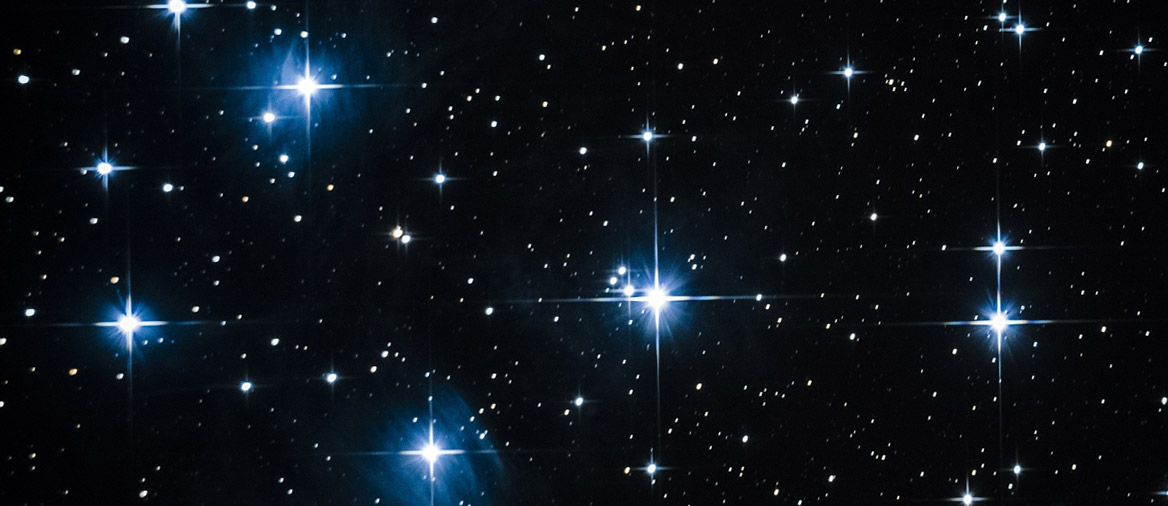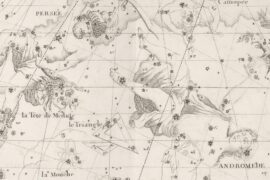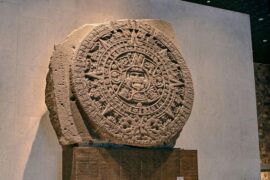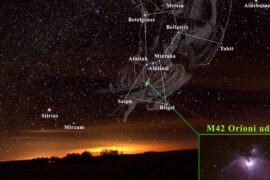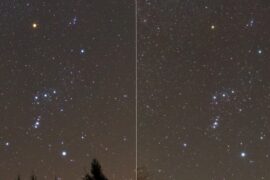We look at them every night. We see them move across the sky and then disappear for a few months while others take their place. Then, they come back every year around the same date and the process begins again.
We call them constellations. They have been a source of inspiration and have sparked the imagination of people around the world from the first time that a person looked at the sky.
It is natural to wonder how were constellations formed. Where do they come from? and in this article, we’ll answer all those questions, but to do so first we need to clarify what is a constellation.
What is a constellation?
A constellation is a group of stars in the night sky. Every little bright dot is one star like our Sun which is located millions of light-years away.
Stars are all the time in the sky, but we can only see them at night because by day, the light of the Sun is much brighter and overshines them.
Ancient civilizations looked at the stars in the sky and imagined shapes and lines that connected them. That’s how they came up with the constellation of the bull (Tauros) or the constellation of the Bear (Ursa Major).
Have you ever looked at the sky during the day and seen a cloud that was shaped like a dog or a bunny? well, constellations are kind of like that. Ancient people found shapes in the stars and gave them names.
The constellations that we currently know were mostly named by the Greeks and the Romans. Other civilizations like the Chinese and the Arabs had different names and saw other shapes in them.
How are constellations formed?
Constellations are formed by stars, but they are not a natural phenomena. They only appear to have certain shapes and forms from our point of view on Earth. But the stars in constellations are thousands or millions of light-years apart from each other. They are entirely human constructs and not real patterns that naturally form in space.
Have you ever seen one of those optical illusion videos where two objects that are far apart from each other appear to have the same size because one is much bigger than the other? That’s kind of what happens with stars. Some stars are closer to us so they appear larger, and some are farther away but if they are brighter and bigger they might look the same size and appear to be close to each other.
The reason why constellations became widely used was because of two reasons
- The Greeks included them in their myths and stories
- People started using them as reference for navigation and the names were easy to remember (read: what are constellations used for?)
Because they became so popular in Greek mythology, the names of the constellations were passed down to the Romans, then to the rest of Europe, and eventually, everyone just adopted the names as they were easy to reference and remember.
There are currently 88 constellations recognized by the International Astronomical Union (IAU). Nowadays they are only used in astronomy as a reference. When new stars are discovered, for example, an easy way to name them is to use the name of the constellation that makes up the region of the sky where they were found.
Summary
- Constellations are groups of stars that humans named because they thought they formed a certain shape
- The stars in constellations are not grouped together. They only appear to be from our point of view on Earth.
- Most of the constellation names that we currently use were invented by the Greeks.
Enjoyed this article?
Get daily 10-minute PDFs about astronomy to read before bed!
Sign up for our upcoming micro-learning service where you will learn something new about space and beyond every day while winding down.

